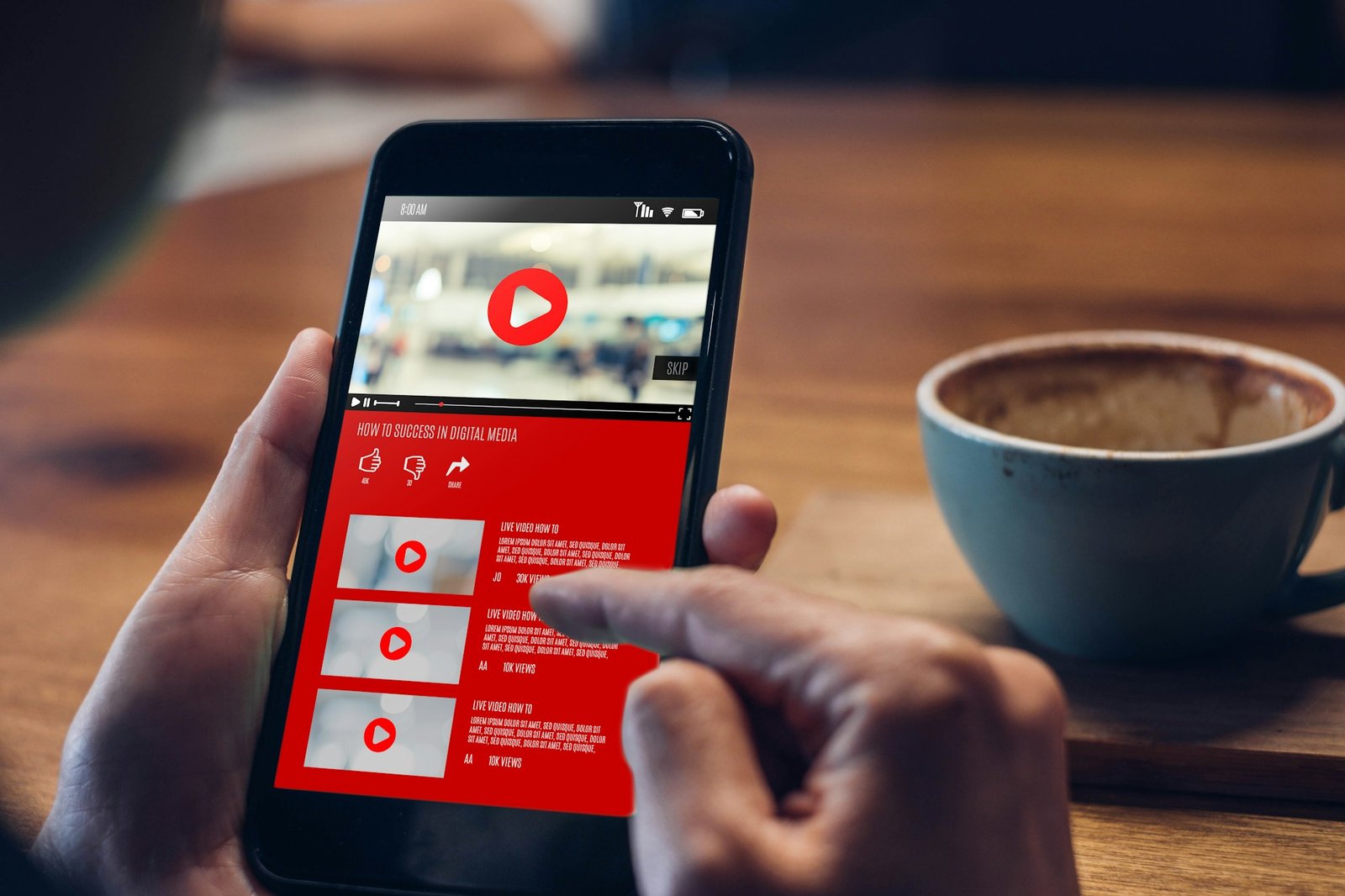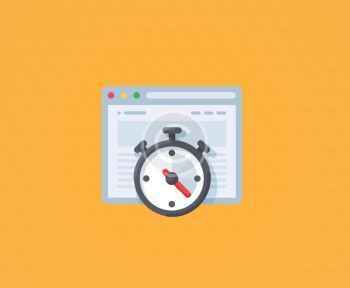Introduction
In the digital age, maximizing your online presence is essential for business success. Effective advertising plays a crucial role in achieving this goal. This comprehensive guide explores various strategies and tips to help you leverage ads to boost your online presence. We will cover different types of ads, best practices, and how to measure the success of your advertising campaigns. This article is designed to be SEO optimized, with detailed sections, lists, facts, and backlink sources for additional information.
Understanding Different Types of Online Ads
Search Engine Ads
Search engine ads, also known as pay-per-click (PPC) ads, appear on search engine results pages (SERPs). These ads target users based on their search queries, making them highly effective for reaching potential customers actively seeking your products or services.
Benefits of Search Engine Ads:
- High Intent Targeting: Reaches users actively searching for related keywords.
- Measurable ROI: Provides clear metrics to measure ad performance.
- Flexible Budgeting: Allows control over ad spend with daily budget caps.
Display Ads
Display ads are visual advertisements that appear on websites, apps, and social media platforms. They can be in the form of banners, images, or videos.
Benefits of Display Ads:
- Wide Reach: Targets users across various websites and platforms.
- Brand Awareness: Enhances visibility through eye-catching visuals.
- Retargeting: Re-engages users who have previously visited your site.
Social Media Ads
Social media ads are displayed on platforms like Facebook, Instagram, Twitter, LinkedIn, and TikTok. These ads can be highly targeted based on user demographics, interests, and behaviors.
Benefits of Social Media Ads:
- Detailed Targeting: Allows precise audience segmentation.
- Engagement: Promotes interaction through likes, shares, and comments.
- Cost-Effective: Offers various budget options suitable for small to large businesses.
Video Ads
Video ads are promotional content displayed before, during, or after online videos. Platforms like YouTube and Facebook are popular for video advertising.
Benefits of Video Ads:
- High Engagement: Captivates audiences with dynamic content.
- Storytelling: Communicates brand messages effectively through visuals and sound.
- Shareability: Encourages sharing, increasing organic reach.
Best Practices for Maximizing Your Online Presence with Ads
Define Your Objectives
Before launching any ad campaign, it’s crucial to define your objectives. Common goals include increasing brand awareness, driving website traffic, generating leads, and boosting sales. Clear objectives guide your ad strategy and help measure success.
Example Objectives:
- Brand Awareness: Aim to increase visibility and recognition.
- Lead Generation: Focus on capturing user information for follow-up.
- Sales: Drive direct purchases through targeted promotions.
Know Your Audience
Understanding your target audience is essential for creating effective ads. Conduct market research to gather insights into your audience’s demographics, interests, and online behaviors.
Audience Insights:
- Demographics: Age, gender, location, income, education.
- Interests: Hobbies, preferences, lifestyle.
- Behaviors: Online activity, purchase history, engagement patterns.
Craft Compelling Ad Content
The content of your ads should be engaging, relevant, and aligned with your brand message. Use attention-grabbing headlines, high-quality visuals, and clear calls to action (CTAs).
Tips for Compelling Content:
- Headline: Create a catchy and informative headline.
- Visuals: Use high-resolution images or videos.
- CTA: Include a strong and clear call to action.
Optimize Landing Pages
Ensure that your landing pages are optimized for conversions. The landing page should be relevant to the ad, load quickly, and have a clear CTA.
Landing Page Optimization:
- Relevance: Match the content to the ad’s promise.
- Speed: Ensure fast loading times to reduce bounce rates.
- Clarity: Use clear and concise language with a prominent CTA.
Utilize A/B Testing
A/B testing involves creating two versions of an ad or landing page to see which performs better. Test different headlines, images, CTAs, and ad placements to optimize your campaigns.
A/B Testing Steps:
- Hypothesis: Formulate a hypothesis for what you want to test.
- Variants: Create two versions with one variable change.
- Analyze: Compare performance metrics to determine the winner.
Measuring the Success of Your Ads
Key Performance Indicators (KPIs)
To measure the success of your ads, track relevant KPIs that align with your objectives. Common KPIs include click-through rates (CTR), conversion rates, cost per click (CPC), and return on ad spend (ROAS).
Important KPIs:
- CTR: Measures the percentage of users who click on your ad.
- Conversion Rate: Tracks the percentage of users who complete the desired action.
- CPC: Calculates the average cost of each click.
- ROAS: Evaluates the revenue generated for every dollar spent on ads.
Analytics Tools
Use analytics tools to monitor and analyze your ad performance. Google Analytics, Facebook Ads Manager, and other platform-specific tools provide detailed insights into your campaigns.
Popular Analytics Tools:
- Google Analytics: Tracks website traffic and conversions.
- Facebook Ads Manager: Monitors social media ad performance.
- Google Ads: Provides metrics for search and display ads.
Conclusion
Maximizing your online presence through effective advertising requires a strategic approach. By understanding different types of ads, following best practices, and measuring your success, you can create impactful campaigns that drive results. Digital advertising is a powerful tool for businesses to reach and engage with their target audience, ultimately boosting their online presence.
FAQ
1. What are the main types of online ads? The main types of online ads include search engine ads, display ads, social media ads, and video ads.
2. How can I define my advertising objectives? Define your objectives based on your business goals, such as increasing brand awareness, generating leads, or boosting sales.
3. Why is understanding my audience important? Understanding your audience helps create relevant and targeted ads that resonate with potential customers.
4. What makes ad content compelling? Compelling ad content includes attention-grabbing headlines, high-quality visuals, and clear calls to action.
5. How do I optimize my landing pages? Optimize landing pages by ensuring they are relevant, fast-loading, and have a clear CTA.
6. What is A/B testing? A/B testing involves comparing two versions of an ad or landing page to see which performs better, helping optimize your campaigns.
7. What KPIs should I track for ad performance? Track KPIs such as click-through rates (CTR), conversion rates, cost per click (CPC), and return on ad spend (ROAS).
8. What tools can I use to measure ad success? Use analytics tools like Google Analytics, Facebook Ads Manager, and Google Ads to monitor and analyze your ad performance.
9. How can I increase engagement with social media ads? Increase engagement by targeting the right audience, using compelling visuals, and encouraging interaction through likes, shares, and comments.
10. What is the role of digital PR in advertising? Digital PR enhances brand visibility, improves SEO, and builds credibility, complementing digital ads to maximize online presence.
By following these guidelines and leveraging the synergy between different ad types and digital PR, businesses can effectively maximize their online presence and achieve their marketing goals.





